Audio Primer
Introduction
It’s easy to feel overwhelmed by news about climate change. The conversation often feels stuck on the problems, the disasters, and the blame. But what about the solutions?
A powerful, constructive, and forward-looking conversation is already happening, and it has its own vocabulary. These are the words that define the path ahead.
This quiz is not designed to test you; it’s designed to teach you. This is a learning tool to empower you with the language of positive change. By understanding key concepts like climate justice, sustainable development, and technology transfer, you’ll be able to move past the despair and participate in the vital discussion about what we can and must do next. This is the language of action, equity, and hope.
Learning Quiz
This is a learning quiz from English Plus Podcast, in which, you will be able to learn from your mistakes as much as you will learn from the answers you get right because we have added feedback for every single option in the quiz, and to help you choose the right answer if you’re not sure, there are also hints for every single option for every question. So, there’s learning all around this quiz, you can hardly call it quiz anymore! It’s a learning quiz from English Plus Podcast.
Quiz Takeaways | The Language of the Path Forward
Hello, and welcome. If you’ve just taken that quiz, you now have a toolkit. A linguistic toolkit. For so long, the conversation about our planet has been, let’s be honest, pretty depressing. It’s a lot of ‘this is broken,’ ‘that’s melting,’ ‘this is on fire.’ And while that urgency is real, it can also be paralyzing. It can make us feel hopeless.
But the most important work in the world right now is happening around a different set of words. These are the words we just learned—the language of solutions, of justice, and of a practical path forward. This is the vocabulary that lets us move from “what’s wrong” to “what can we do?”
The single most important concept we learned, the one that frames everything else, is sustainable development. For decades, “development” just meant “growing the economy.” Build more, sell more, consume more. We now know that’s a dead end. Sustainable development redefines success. It says we must balance three things: economic well-being, social equity, and environmental protection. You can’t have one without the others. A booming economy that poisons its water is not successful. A ‘green’ policy that pushes people into poverty is not successful. It’s the framework for everything else, and the United Nations gave us a “to-do list” to achieve it: the 17 Sustainable Development Goals (SDGs), which connect goals like “No Poverty” directly to “Climate Action.”
So, how do we tackle climate action? We learned that all climate action falls into two categories. The first is climate mitigation. This is about stopping the problem at its source. “Mitigate” means “to make less severe,” so these are all the actions that reduce greenhouse gas emissions. The most obvious tool for this is switching to renewable energy—like solar, wind, and geothermal—that doesn’t burn carbon.
The second category is climate adaptation. This is about honesty. It’s about acknowledging that climate change is already here. We are already seeing more intense storms, floods, and droughts. Adaptation is the process of adjusting to this new reality. If you build a seawall to protect a city, you are adapting. If a farmer plants a more drought-resistant crop, that’s adaptation. A key goal of adaptation is to build climate resilience—the ability of a community to get hit by a climate shock (like a hurricane) and “bounce back” quickly.
Now, we can’t talk about solutions without talking about fairness. This is the most important part of the entire modern discussion. This is the heart of climate justice.
Climate justice forces us to ask tough, honest questions. Who caused this problem? And who is suffering the most? The undeniable answer is that the wealthiest nations (who got rich burning fossil fuels) caused the vast majority of the problem. But the people suffering the most—from droughts, floods, and sea-level rise—are in the poorest nations, who contributed almost nothing to the emissions. Climate justice says that the solutions must fix this imbalance. It’s not “justice” if we ask a poor farmer in a developing nation to pay the same price as a corporation in a developed one.
This one big idea, “climate justice,” has several key parts. We learned about carbon equity. This is the idea that the atmosphere has a tiny “carbon budget” left. Carbon equity argues that the rich nations, which used up their entire share (and more) to get rich, must now give the remaining “budget” to developing nations so they can build their societies, cleanly.
To do that, they need technology transfer. This is the vital process of developed nations sharing their green tech—solar panel designs, battery storage patents—with developing nations so they can “leapfrog” the dirty fossil fuel stage of development.
And what about the damage that’s already happened? That’s where the new Loss and Damage Fund comes in. This is a historic breakthrough. It’s a fund—paid into by wealthy, high-polluting nations—to compensate poorer nations for the homes, farms, and lives already lost to climate disasters they didn’t cause.
Finally, justice also applies within our own economies. As we shift from coal to solar, what about the coal miners? A Just Transition is the principle that we must provide retraining, social support, and new green jobs for the workers and communities who built their lives on the old, polluting industries. We can’t leave them behind.
And, of course, there is justice for the land and its original guardians. Indigenous-led conservation is the understanding that Indigenous communities, who live on their ancestral lands, are the most effective stewards of biodiversity—that precious “variety of life” on Earth. This is a model that empowers them, rather than pushes them out.
So we have the “what” (sustainable development) and the “why” (climate justice). What about the “how”?
We’re now creating brilliant new economic and ecological models. We learned about the circular economy—a new model designed to eliminate waste. Instead of “take-make-waste,” it’s a “reuse-repair-recycle” system. We also learned about nature-based solutions. Instead of building a concrete wall (grey infrastructure), why not restore a mangrove forest (green infrastructure)? That forest—a natural carbon sink that absorbs CO2—is a nature-based solution that also protects the coast, filters water, and provides a habitat for fish. We’re learning to use nature to heal nature. The benefits we get from this—like clean air and crop pollination—are called ecosystem services.
This all costs money, which is where green finance comes in—the fast-growing world of investment dedicated to funding these positive projects. And all of it, from mitigation to adaptation, is aimed at protecting our most basic human needs, like food security, which is under direct threat from climate change.
And finally, we learned the difference between weak and strong promises. “Carbon neutral” is a weak pledge that can be met just by buying “offsets.” The real goal is net zero—a much stronger, more honest pledge that requires a company or country to first cut its own emissions by as much as possible, and only offset the tiny bit that’s left.
You now have the vocabulary. You can see how all these pieces fit together. This is the language of action, of fairness, and of solutions. It’s the language we all need to build the path forward.




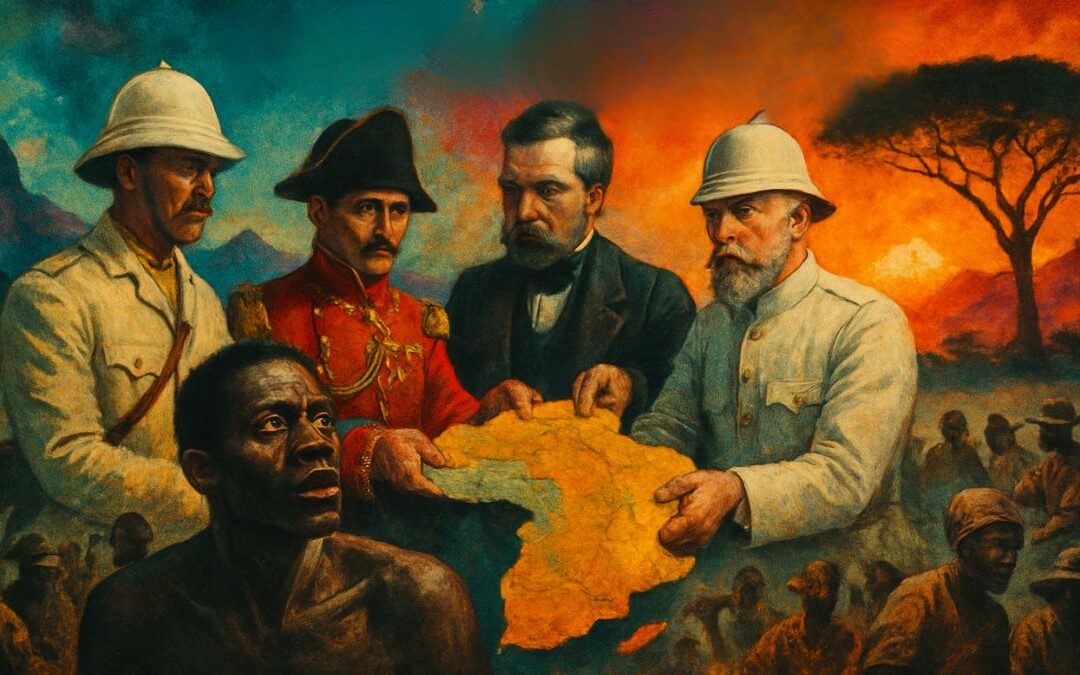
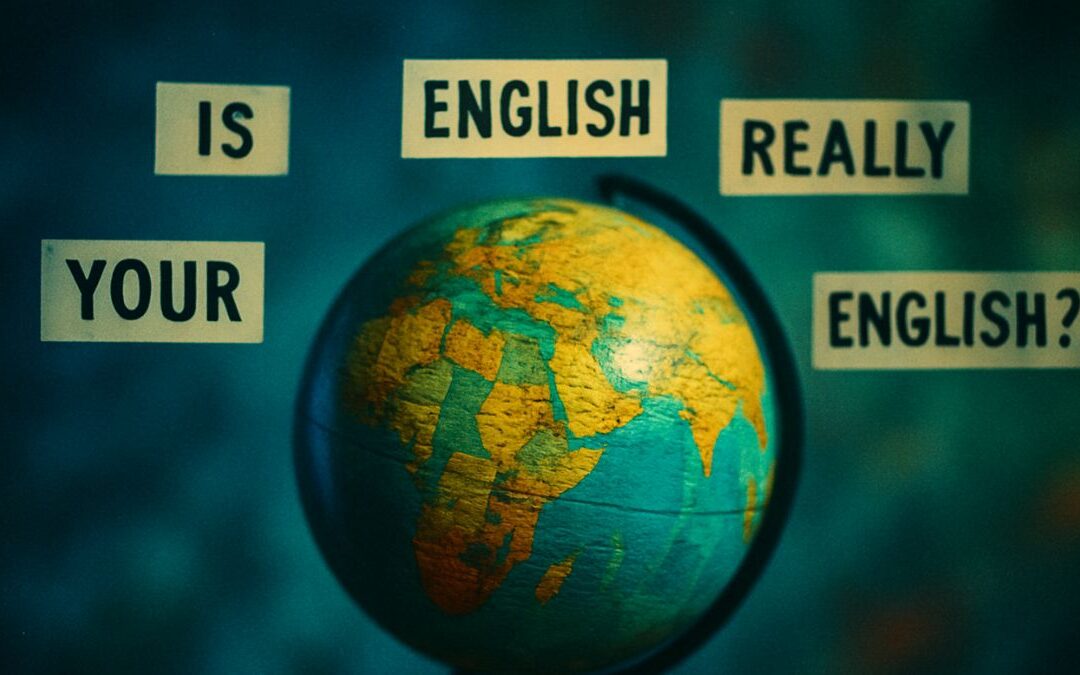
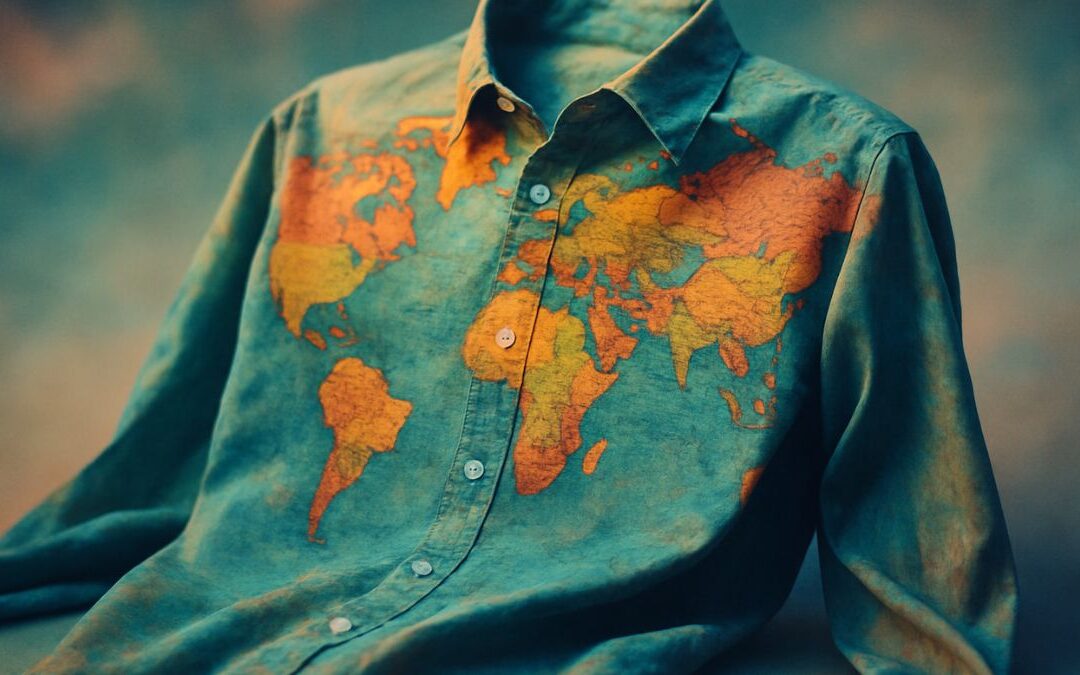
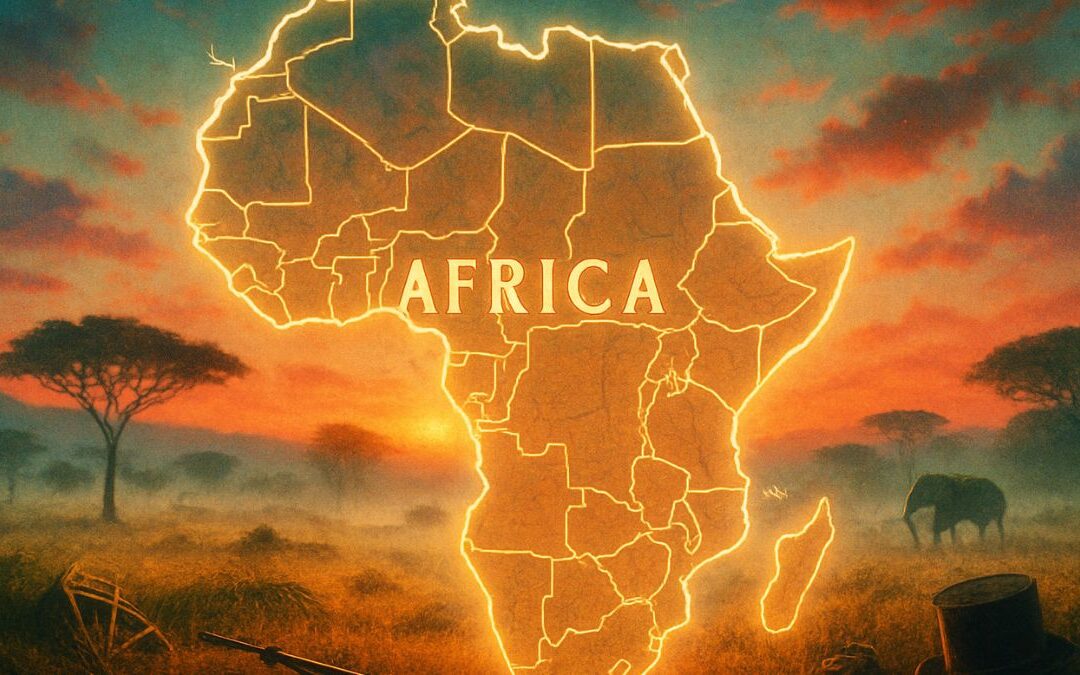
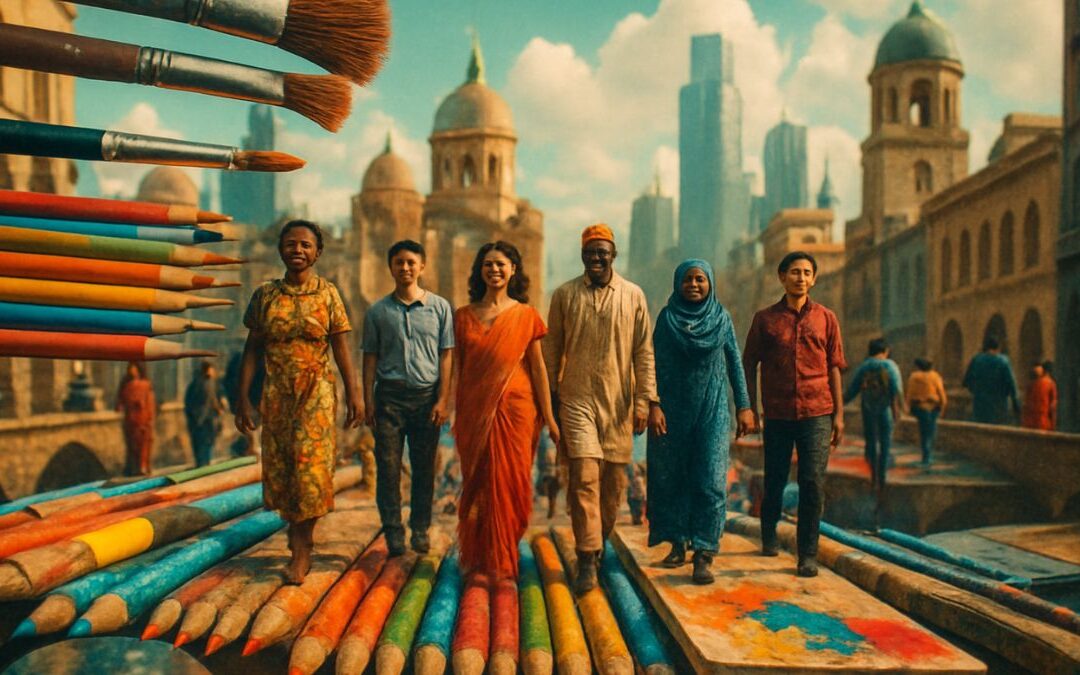

0 Comments